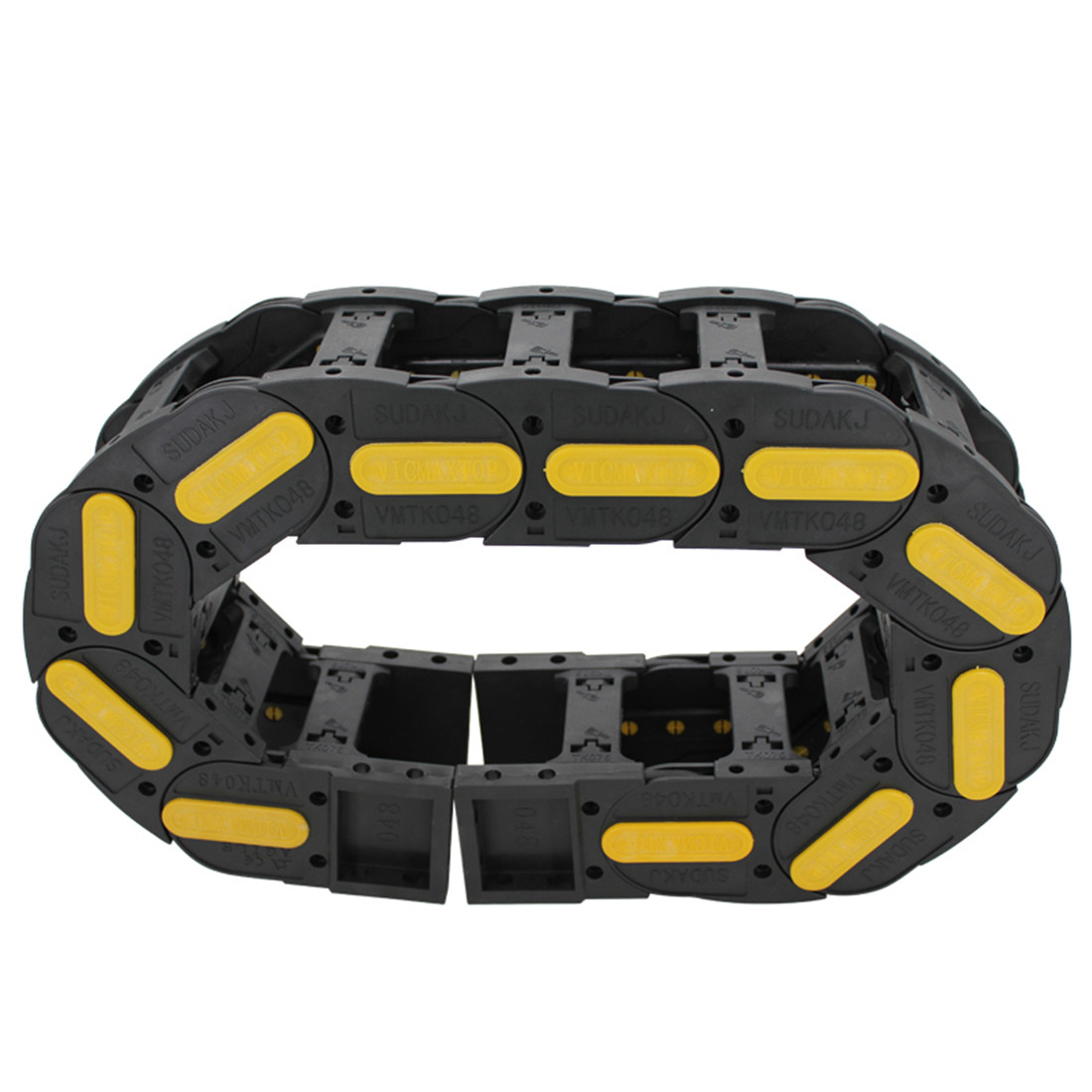Synchronous Drive Belt Replacement - Comprehensive Guide
Synchronous Drive Belt Replacement A Comprehensive Guide
Synchronous drive belts, also known as timing belts, play a crucial role in the operation of various machinery and vehicles. They synchronize the movement of engine components, ensuring proper timing in operations. However, like any other mechanical component, synchronous drive belts wear out over time and require replacement to maintain the efficiency and reliability of the system.
Why Replace the Synchronous Drive Belt?
The primary reason for replacing a synchronous drive belt is to prevent unexpected failures that could lead to serious engine damage. A worn or damaged belt can slip, resulting in the loss of synchronization between critical engine components like the crankshaft and camshaft. This slip can cause the engine to misfire or, in worst cases, lead to catastrophic failure. Regular inspections and timely replacements help avoid such situations, ensuring the smooth operation of the engine.
Signs of a Worn Belt
There are several indicators that may suggest it’s time to replace the synchronous drive belt. Common signs include visible wear such as cracks, fraying, or glazing on the belt surface. Unusual noises like squeaking or grinding during engine operation can also be a sign of belt issues. Additionally, if you notice a decrease in engine performance or an increase in fuel consumption, it may be time to inspect the belt.
synchronous drive belt replacement

Replacement Process
Replacing a synchronous drive belt isn’t a task for the faint-hearted, but with the right tools and knowledge, it can be accomplished by a DIY enthusiast. First, consult the vehicle’s manual for the specific replacement schedule and instructions. Safety is paramount; ensure the engine is cool and disconnected from power sources.
1. Remove the old belt Loosen the tensioner pulley using a wrench to relieve tension and slide the belt off the pulleys. 2. Inspect other components While the belt is off, check other related components such as the tensioner and idler pulleys for wear or damage. 3. Install the new belt Follow the correct routing as specified in the manual. Ensure that it’s properly seated on all pulleys. 4. Adjust tension Adjust the tensioner to provide the correct tension to the belt, ensuring it is not too tight or too loose.
Conclusion
Replacing a synchronous drive belt is essential for the longevity and performance of your engine. Regular maintenance checks and being aware of the warning signs will help you avoid costly repairs and ensure a reliable driving experience. Whether you choose to do it yourself or seek professional help, keeping your synchronous drive belt in optimal condition is a vital part of vehicle maintenance.








